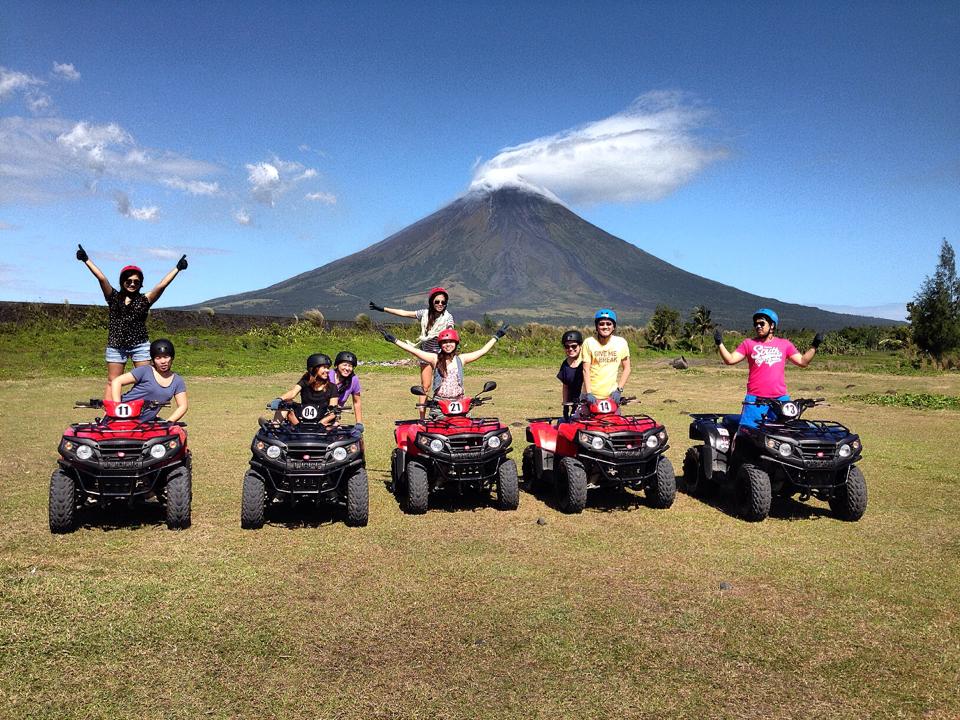The Bicol Region, also known simply as Bicol, is a region of the Philippines, designated as Region V. Bicol comprises six provinces, four on the Bicol Peninsula mainland (the southeastern end of Luzon) – Albay, Camarines Norte, Camarines Sur, and Sorsogon – and the offshore island provinces of Catanduanes and Masbate.
Where is Bicol located?
The Bicol Region comprises the southern part of Luzon, the largest island in the Philippine archipelago. The total land area is 5.9% of the total land area of the country. Around 69.3% of the total land area is alienable and disposable while the remaining 30.7% is public forest areas
Language/Dialect
Inhabitants, called Bicolanos, speak any of the several varieties of Bikol, an Austronesian language closely related to other Central Philippine languages such as Cebuano and Tagalog. Bikol varieties include Bikol Rinconada (Iriga-Buhi area), the western Albay dialects (Oas, Daraga), Bikol Sorsogon (Sorsogon), Bikol Catanduanes and Bikol Partido (municipalities surrounding Lagonoy Gulf.) Standard Bikol is based on the dialect of Naga City and is spoken in a wide area coast of Albay (including Legazpi and Tabaco) and northern Sorsogon. Standard Bikol is generally understood by other Bikol speakers and is the regional lingua franca.
History of Bicol
The Bicol region was known as Ibalon, variously interpreted to derive form ibalio, "to bring to the other side"; ibalon, "people from the other side" or "people who are hospitable and give visitors gifts to bring home"; or as a corruption of Gibal-ong, a sitio of Magallanes, Sorsogon where the Spaniards first landed in 1567. The Bicol River was first mentioned in Spanish documents in 1572. The region was also called Los Camarines after the huts found by the Spaniards in Camalig, Albay. No prehistoric animal fossils have been discovered in Bicol and the peopling of the region remains obscure. The Aeta from Camarines Sur to Sorsogon strongly suggest that aborigines lived there long ago, but earliest evidence is of middle to late Neolithic life.



